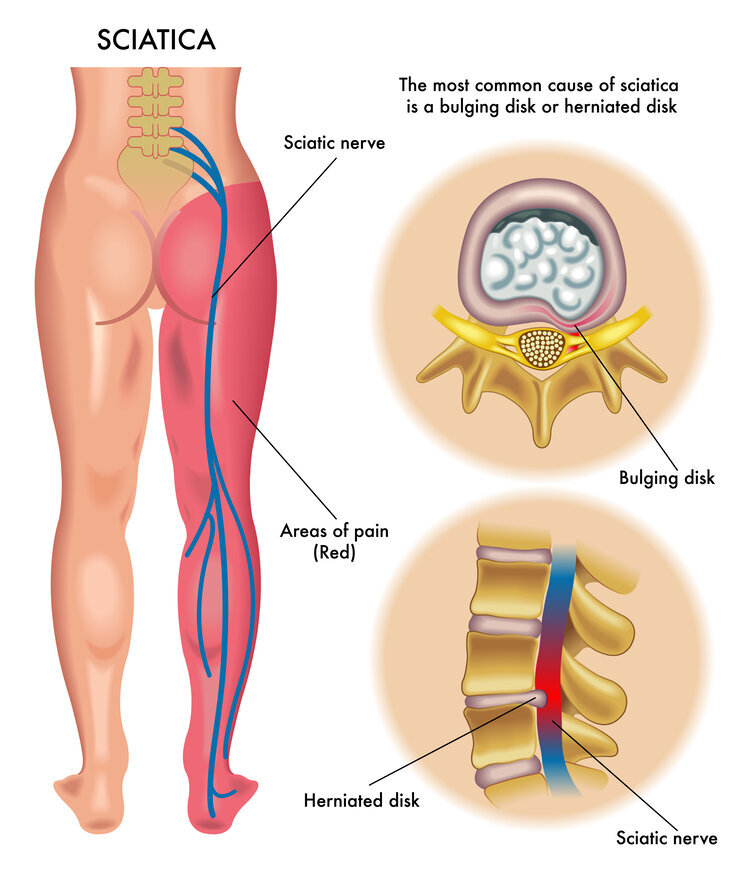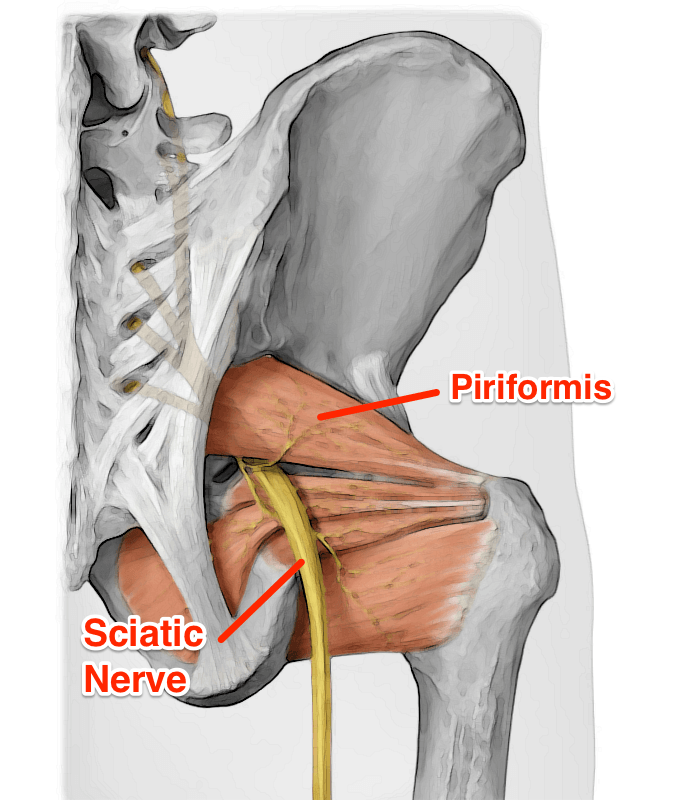

Where symptoms are felt in both legs, it typically means that the cause of the compression, such as a herniated disc, is big enough to compress nerve roots on both sides of the spine.

In most cases, sciatica affects only one side of the body, but can affect both (bilateral sciatica). This is the largest nerve in the body, beginning at the lower back, and running through the hips and buttocks down to each leg. The condition is characterized by pain that radiates along the path of the sciatic nerve. It is not a medical condition in and of itself. Sciatica is a symptom of an underlying medical condition, such as a lumbar herniated disc, degenerative disc disease, or spinal stenosis. This is something that has been reaffirmed in a number of studies. In fact, any therapist familiar with trigger point therapy will tell you that they're always upbeat going in to treat sciatica, as the effects of the therapy are in most cases, extremely positive.
#Travell and simons trigger point for sciatica manual
The second is that manual therapy has long since been recognized as being effective for providing relief, even by most medical doctors. The first is that sciatica is one of those conditions where the pain can be extremely severe. There are probably two good reasons for this.

When we analyze the traffic through our clinics at the end of each quarter, sciatica seems to be always up there in the top ten. Sciatic Pain - Stuart Hinds demonstrates his approach to treating the piriformisĪ number of studies have shown the benefits of manual therapy for treating sciatica.


 0 kommentar(er)
0 kommentar(er)
